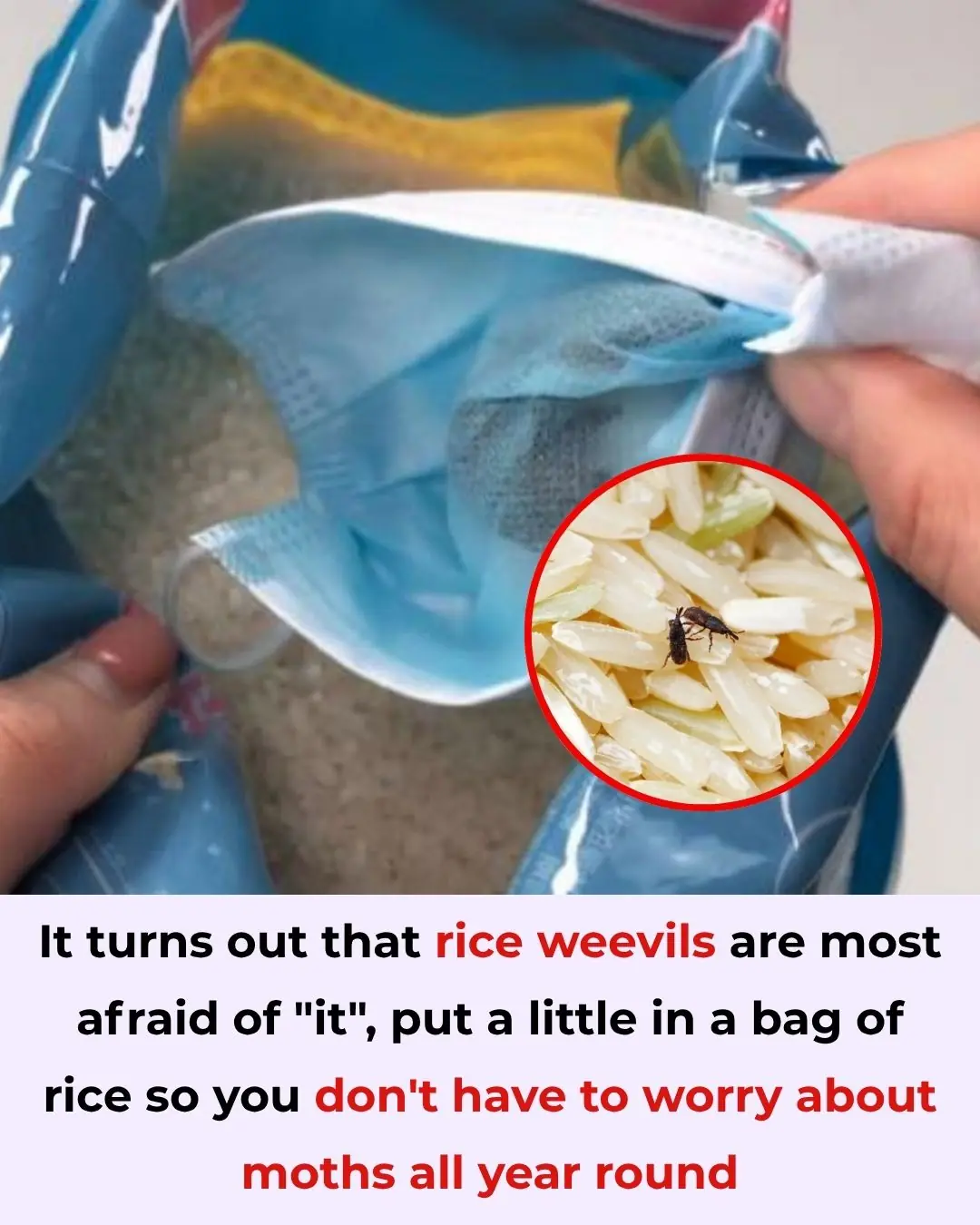
Air Conditioner Leaking Water Indoors?
If you’ve ever noticed water dripping from the indoor unit of your air conditioner, you’re not alone. This is one of the most common issues users face, especially during hot or humid months. While it might seem alarming, the cause is usually easy to identify — and in most cases, you can fix it yourself with just a little care.
Let’s explore why your indoor unit (the evaporator) leaks water and the best ways to fix it safely and effectively.
🧊 Common Causes of Water Leakage from the Indoor Unit
1. Dirty Evaporator Coil and Clogged Drain Line
Many households run their air conditioners continuously but forget to clean them regularly. Over time, dust and debris accumulate inside, especially in the drain pipe, air filter, and cooling coil.
When the drainage system gets clogged, condensation water cannot flow out properly. Instead, it backs up inside the unit, eventually dripping from the front panel or vents.
Tip: If you notice reduced cooling performance or hear gurgling sounds inside your AC, it’s a strong sign that the drain line is partially blocked.
2. Incorrect Installation
A poor installation job can also cause your AC to leak water indoors.
If the drain pipe is sloped in the wrong direction, water may flow backward into the unit instead of draining outside. Similarly, if the indoor unit is not level — for instance, one side is slightly higher than the other — water can collect inside the drip tray and overflow into your room.
That’s why it’s crucial to have your air conditioner installed by certified technicians who follow correct positioning and slope requirements.
3. Low Refrigerant (Gas) Levels
When the air conditioner runs with low refrigerant pressure, the evaporator coil can freeze up. Once the ice melts, it turns into excess water that the drain system cannot handle, leading to internal dripping.
This problem doesn’t just cause leaks — it also reduces cooling efficiency and increases electricity consumption.
4. Damaged or Blocked Drain Pan
Inside every indoor AC unit is a small drain pan (water tray) that collects condensation and directs it toward the drain pipe. If this tray becomes cracked, loose, or clogged with dirt, water will stagnate and overflow into your home instead of draining outside.
5. Cracked Housing or Internal Components
In some cases, a crack in the plastic casing or loose internal fittings can allow water to escape. These small structural defects often occur during installation, relocation, or cleaning if handled roughly. Although minor, such leaks can worsen over time and damage your wall or furniture.
⚙️ How to Fix an Air Conditioner That’s Leaking Water
1. Clean the Indoor Unit Thoroughly
Regular cleaning is the simplest and most effective way to prevent water leakage.
Remove the air filters and wash them with mild soap and water every few weeks, especially before the start of the summer season.
Use a soft brush or gentle water spray to clean the evaporator coil and the drainage line. After cleaning, dry the filters completely before reinstalling them.
If you’ve used your AC throughout the year without maintenance, it’s best to have a technician perform a deep cleaning once or twice annually.
2. Refill the Refrigerant Gas
If the issue is caused by low refrigerant levels, contact a qualified technician to refill the gas. This will restore optimal cooling performance and prevent ice from forming on the evaporator coil — the main reason for water dripping.
Ask the technician to check for leaks in the refrigerant line as well, so the problem doesn’t recur.
3. Repair or Replace the Drainage System
If the drain pipe or drain pan is cracked or blocked, replacing it is the only long-term fix.
In case the leak is due to incorrect installation, ask a professional to adjust the slope of the indoor unit and ensure proper alignment of the drain pipe. Once installed correctly, water will flow smoothly outside without pooling in the unit.
🌬️ Pro Tips to Prevent Future Leaks
-
Clean or replace filters every 2–3 weeks during heavy use.
-
Have your AC serviced at least twice a year to check the refrigerant, coil condition, and drainage system.
-
Keep the area around the indoor unit dry to prevent mold growth or electrical risks.
-
Turn off the AC and call a technician immediately if you notice ice forming on the indoor coil — this indicates a deeper cooling system issue.
✅ In Summary
A leaking indoor unit doesn’t always mean your air conditioner is broken — most of the time, it’s a sign of maintenance neglect or minor installation errors.
By regularly cleaning your system, refilling the gas when needed, and ensuring proper installation, you can easily prevent leaks, improve cooling efficiency, and extend the lifespan of your air conditioner.
News in the same category

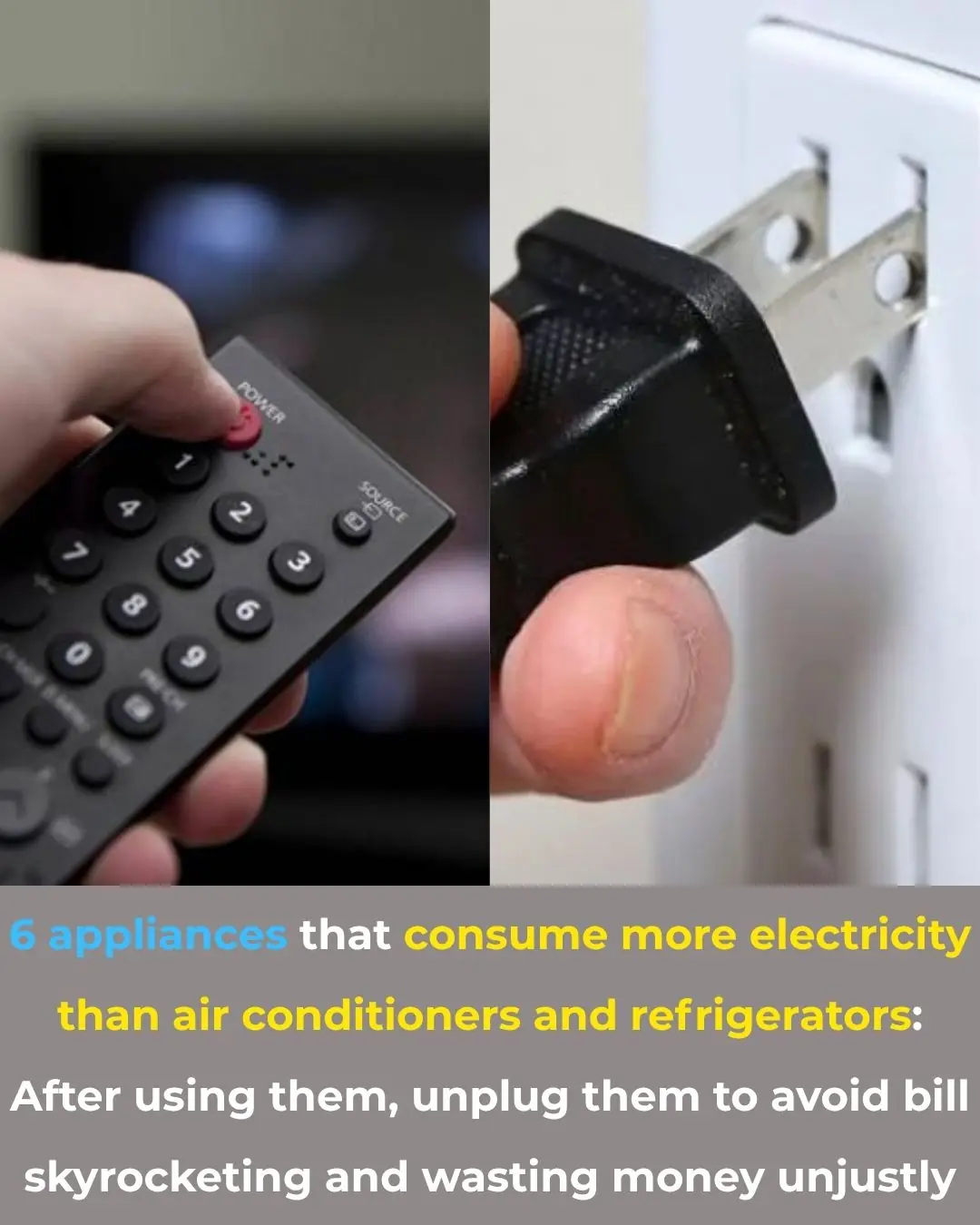
6 Household Appliances That Consume More Electricity Than Air Conditioners and Refrigerators: Unplug Them to Avoid Skyrocketing Bills
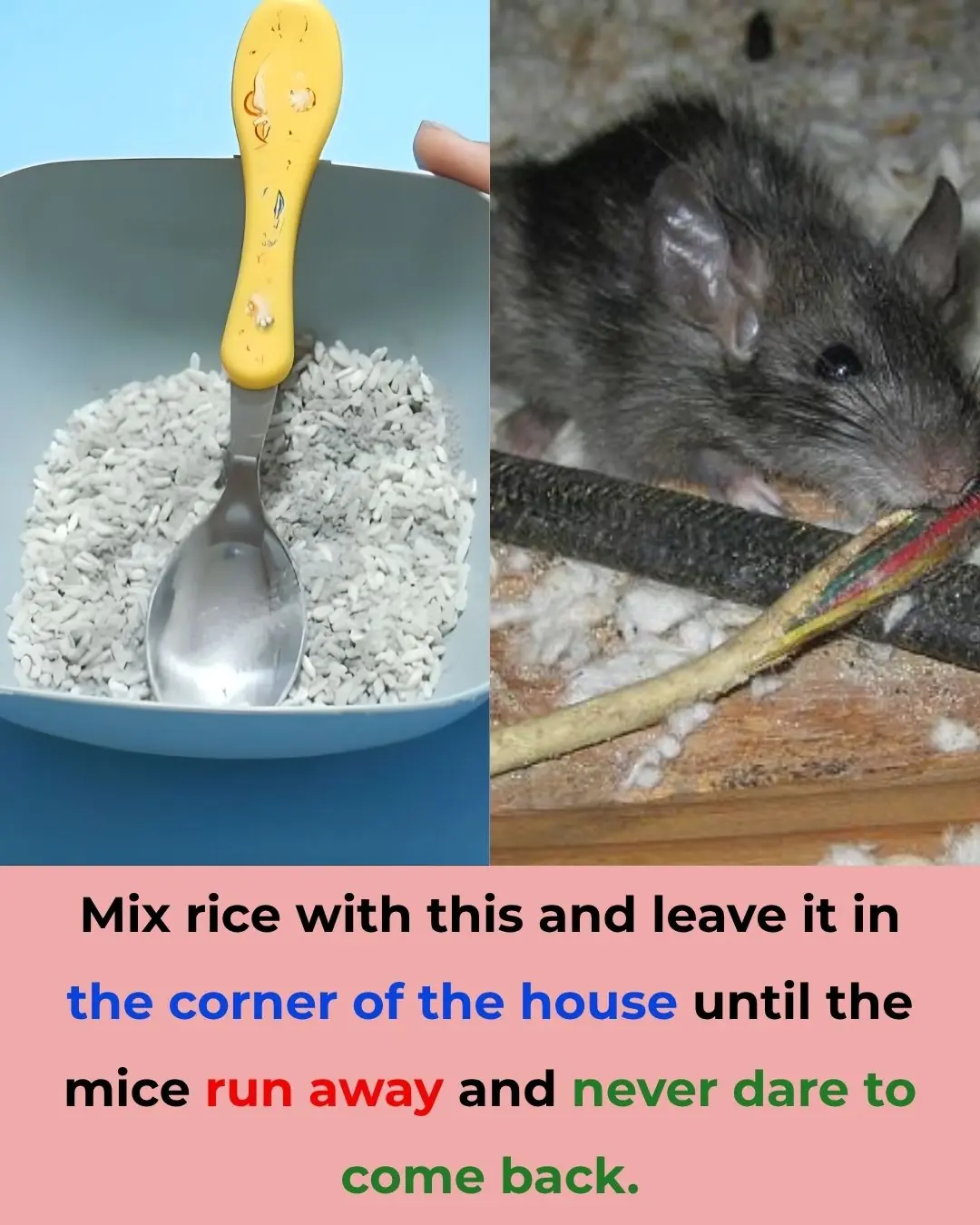
5 Natural Ways to Keep Mice Away from Your Home Without Using Poison
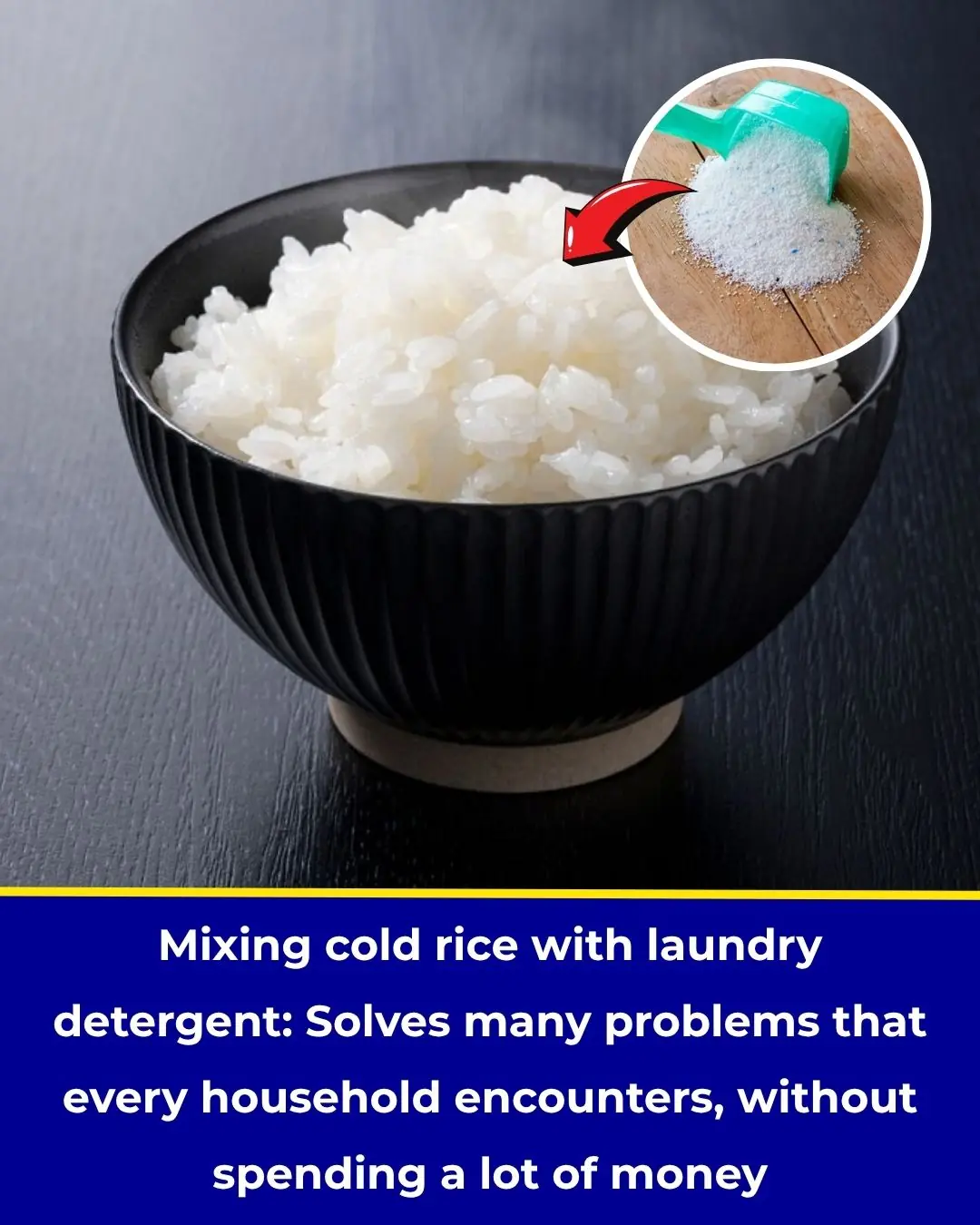
Mix Leftover Rice with Laundry Detergent – A Surprising Household Hack That Solves Common Problems Without Costing a Dime

6 Healthy Drinks That Help Prevent Stroke — Simple, Effective, and Worth Adding to Your Routine

Garlic Peels Are Not Trash – Don’t Throw Them Away!

Little-known wonderful uses of baking soda in gardening

Why You Shouldn’t Wash Rice in the Inner Pot of an Electric Rice Cooker
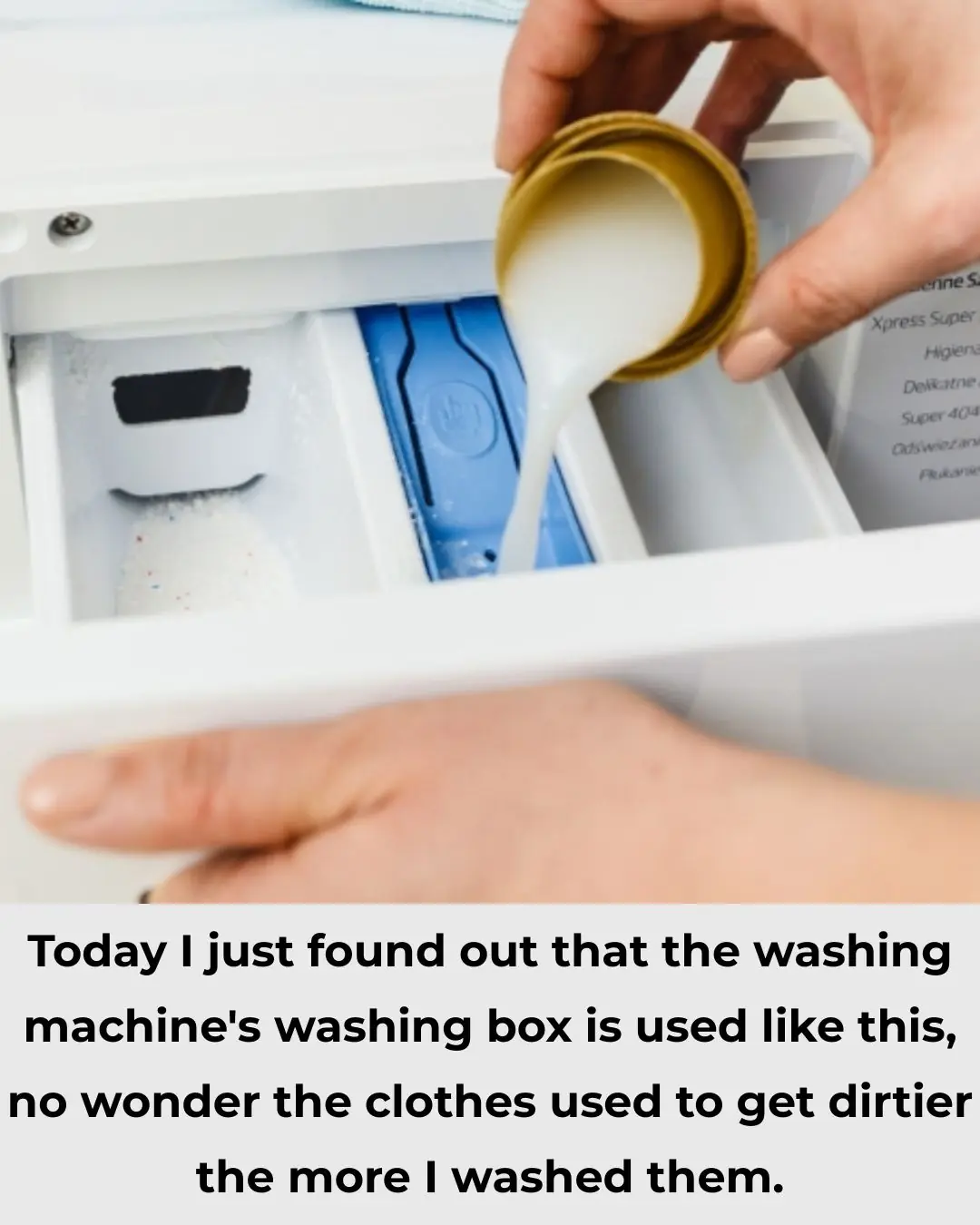
Turns out I've been using it the wrong way for a long time

🥚 5 Simple Ways to Tell if Your Eggs Are Fresh or Rotten 🚫

Crush a handful of these leaves and drop them into the pot.

New research discovers unexpected benefits of lard

Mix banana peel with this and keep it in the corner of the house

The house is full of dust even if cleaned regularly, apply these 3 tips for a whole week and the house will still be clean
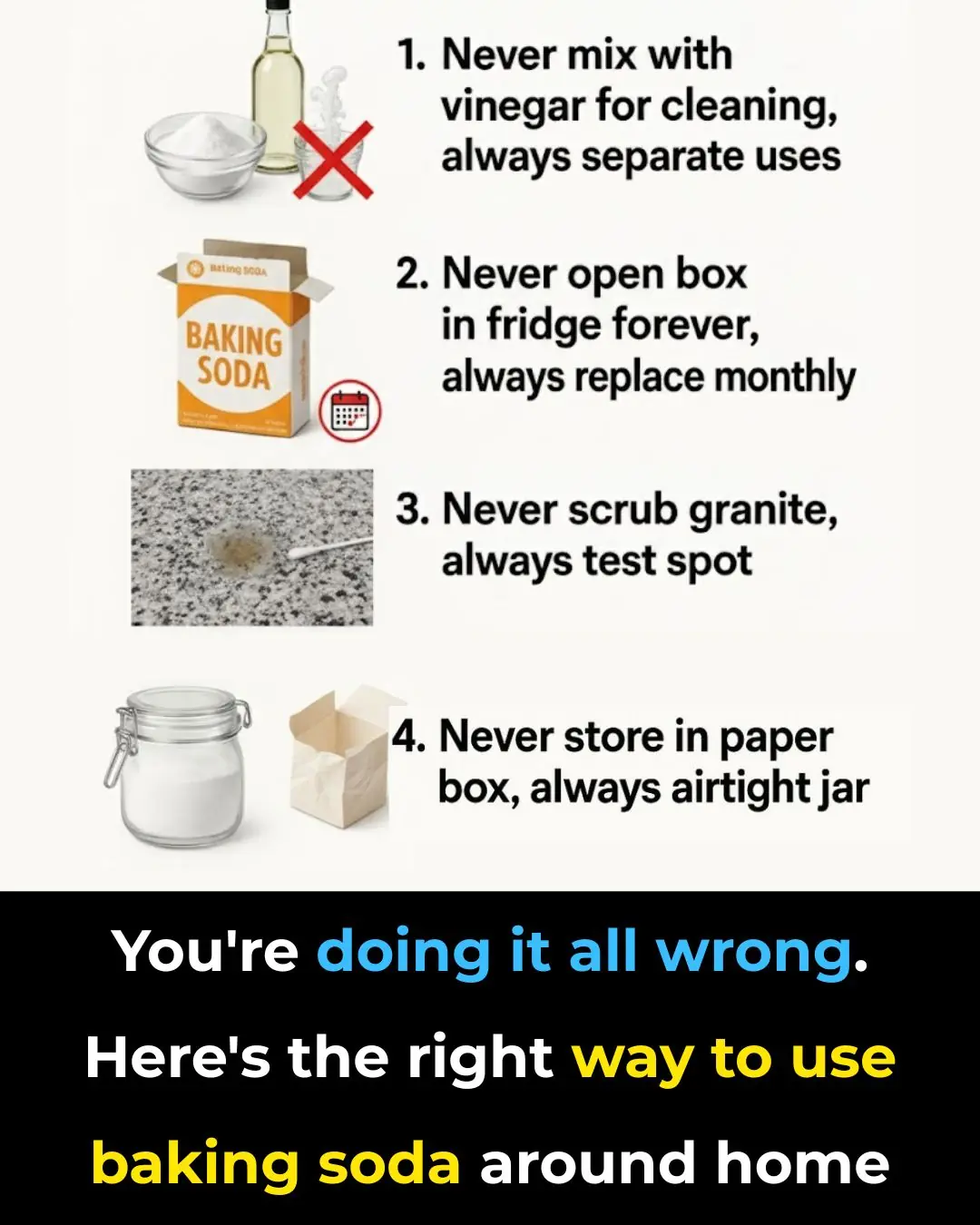
You’re doing it all wrong. Here’s the right way to use baking soda around home

Don’t Soak Frozen Pork in Water — Try This 10-Minute Thawing Trick for Fresh, Tender Meat

Hotel Room Red Flags You Should Never Ignore

🔌 3 Mistakes to Avoid When Charging Your Phone — And How to Extend Its Life
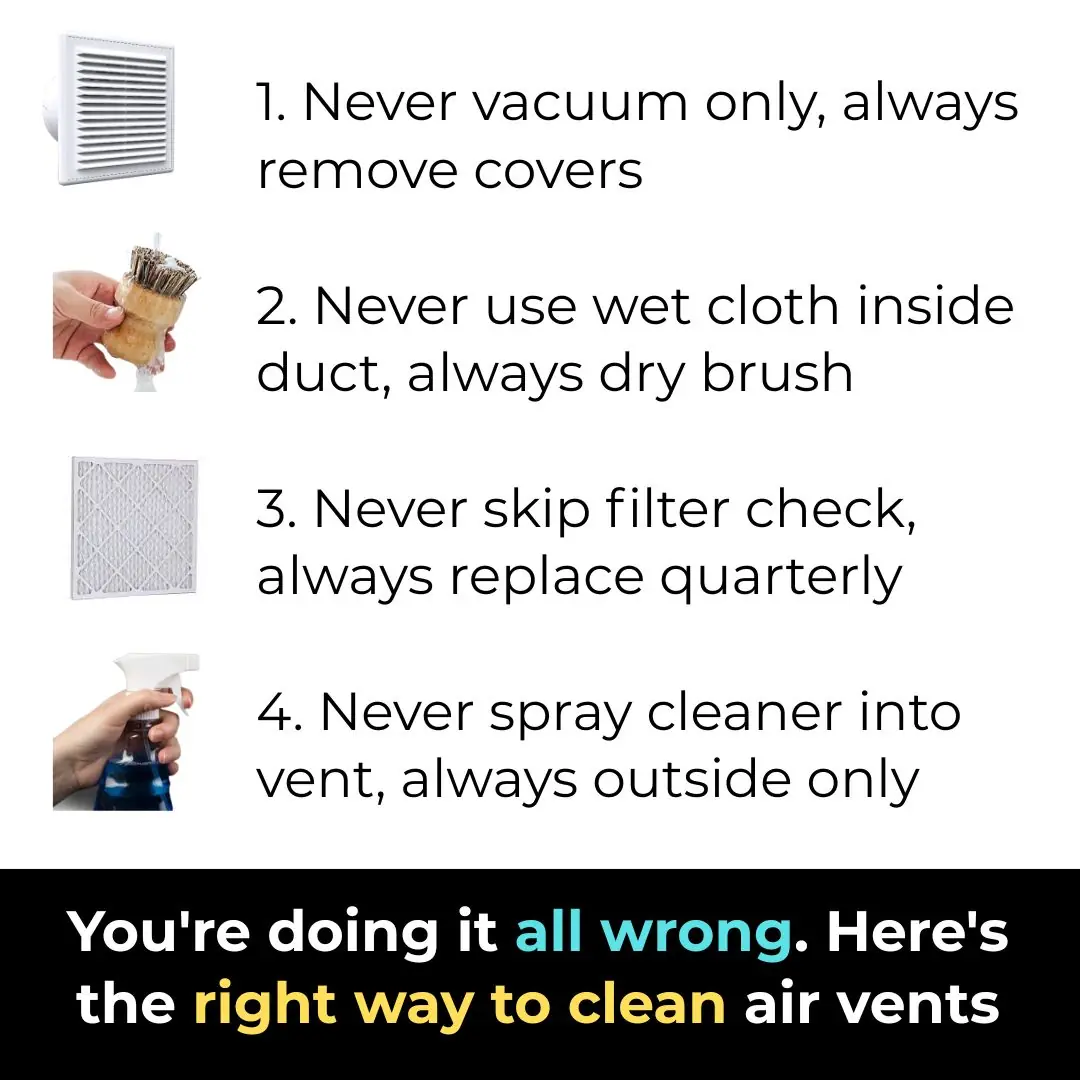
You’re doing it all wrong. Here’s the right way to clean air vents
News Post
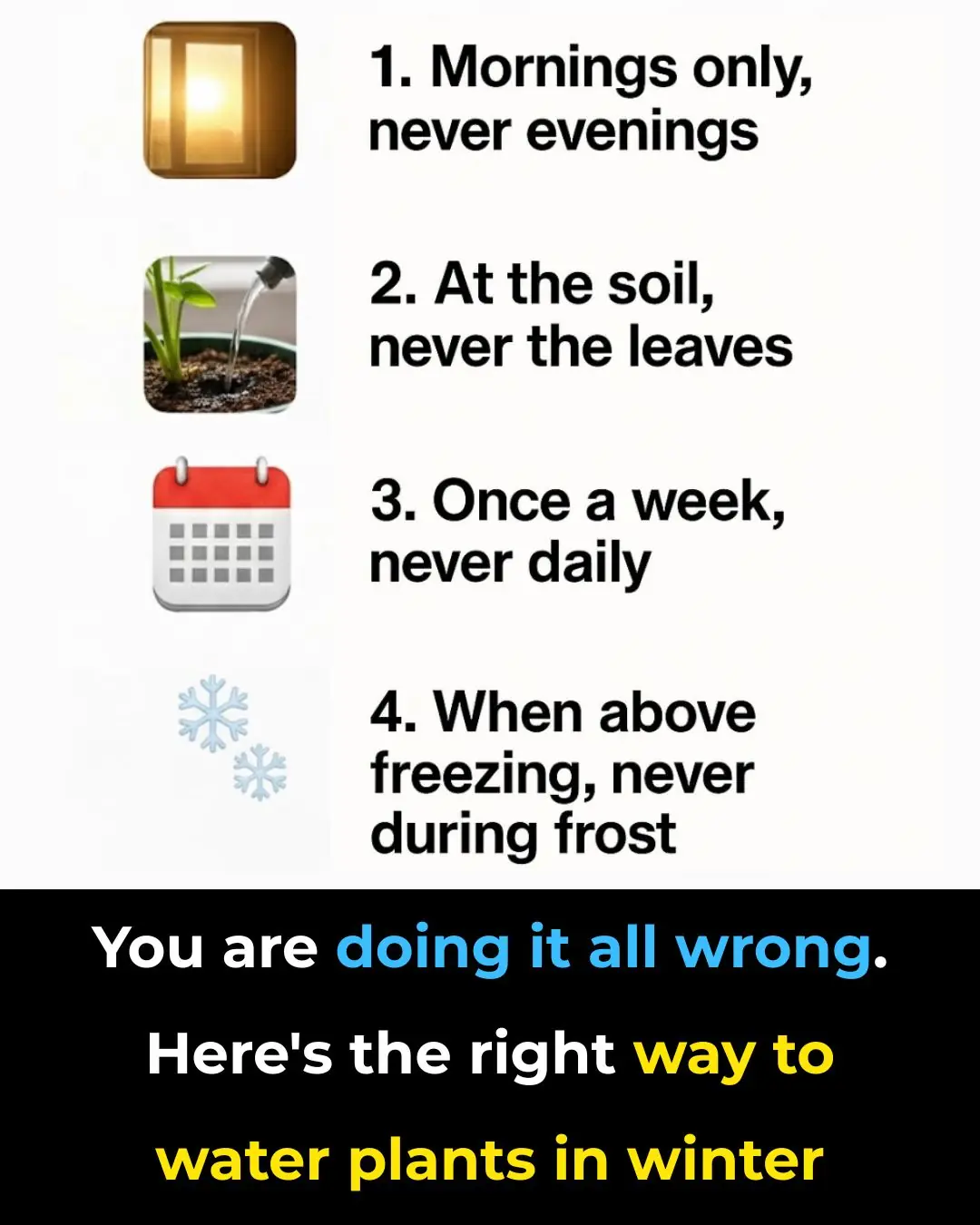
You Are Doing It All Wrong. Here’s the Right Way to Water Plants in Winter

Don’t Junk Your Eggshells. Hang Them in Your Garden Instead. Here’s Why
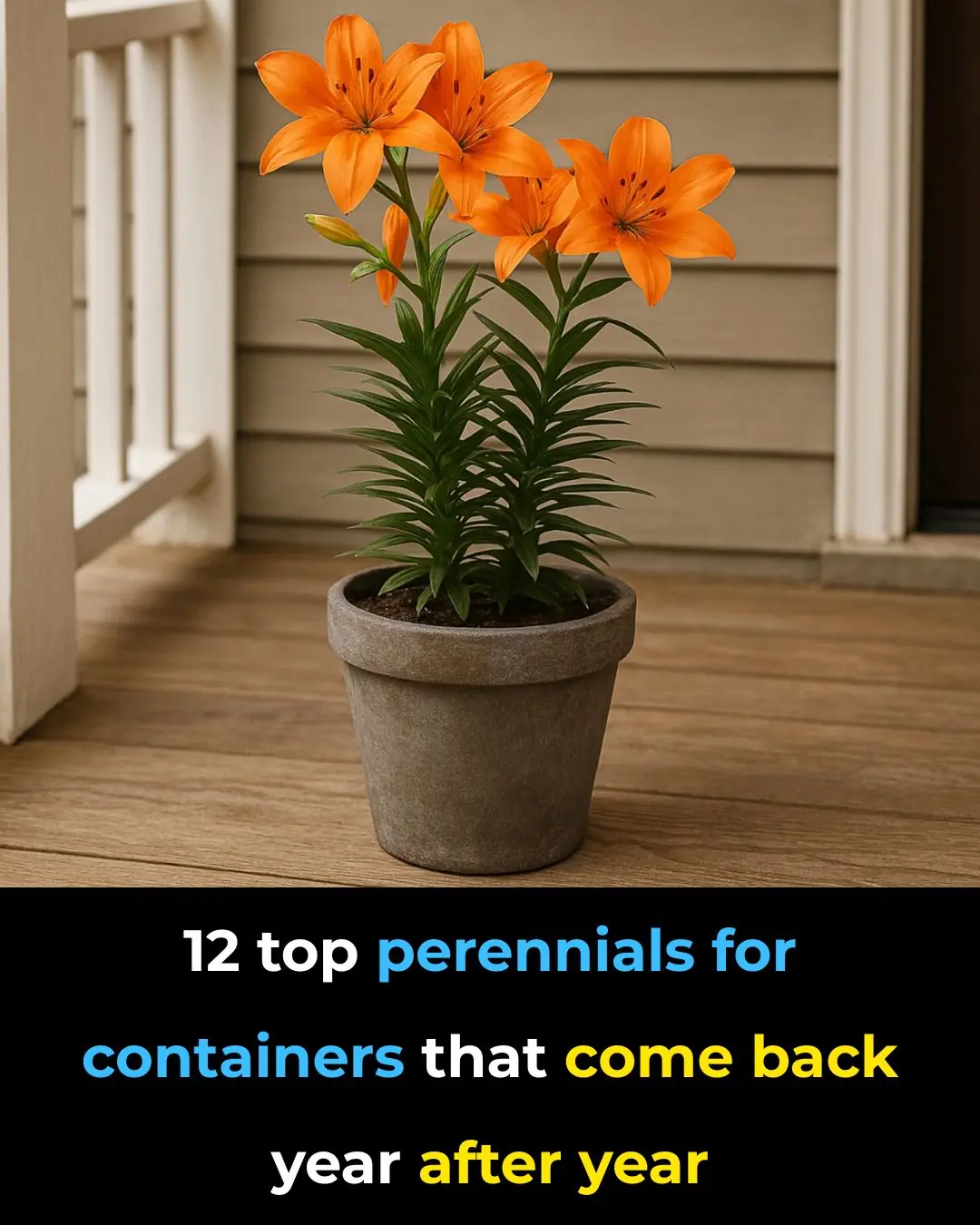
12 Top Perennials for Containers That Return Year After Year

You Are Doing It All Wrong. Here’s the Right Way to Prune Plants Before Frost

My nana taught me this hack to make orchids rebloom fast in 5 minutes with 0 work — here’s how it really works

DIY Egg & Vaseline Hair Mask for Extreme Shine and Smoothness 🥚🌟

Arthritis warning: 10 everyday foods making your pain and inflammation worse

7 nuts you must eat for better health (and the #1 nut you should NEVER touch)

9 Warning Signs of Diabetes You Shouldn’t Ignore

It Turns Out Rice Weevils Fear “This Thing” the Most – Put a Little in Your Rice Bag and You Won’t Worry About Pests All Year

6 Household Appliances That Consume More Electricity Than Air Conditioners and Refrigerators: Unplug Them to Avoid Skyrocketing Bills

5 Natural Ways to Keep Mice Away from Your Home Without Using Poison

Mix Leftover Rice with Laundry Detergent – A Surprising Household Hack That Solves Common Problems Without Costing a Dime

6 Healthy Drinks That Help Prevent Stroke — Simple, Effective, and Worth Adding to Your Routine

Garlic Peels Are Not Trash – Don’t Throw Them Away!

Why Your Acne Is Returning as an Adult

1 Cup to Cleanse Your Lungs of Phlegm and Toxins

How To Spot Eyelash Mites
